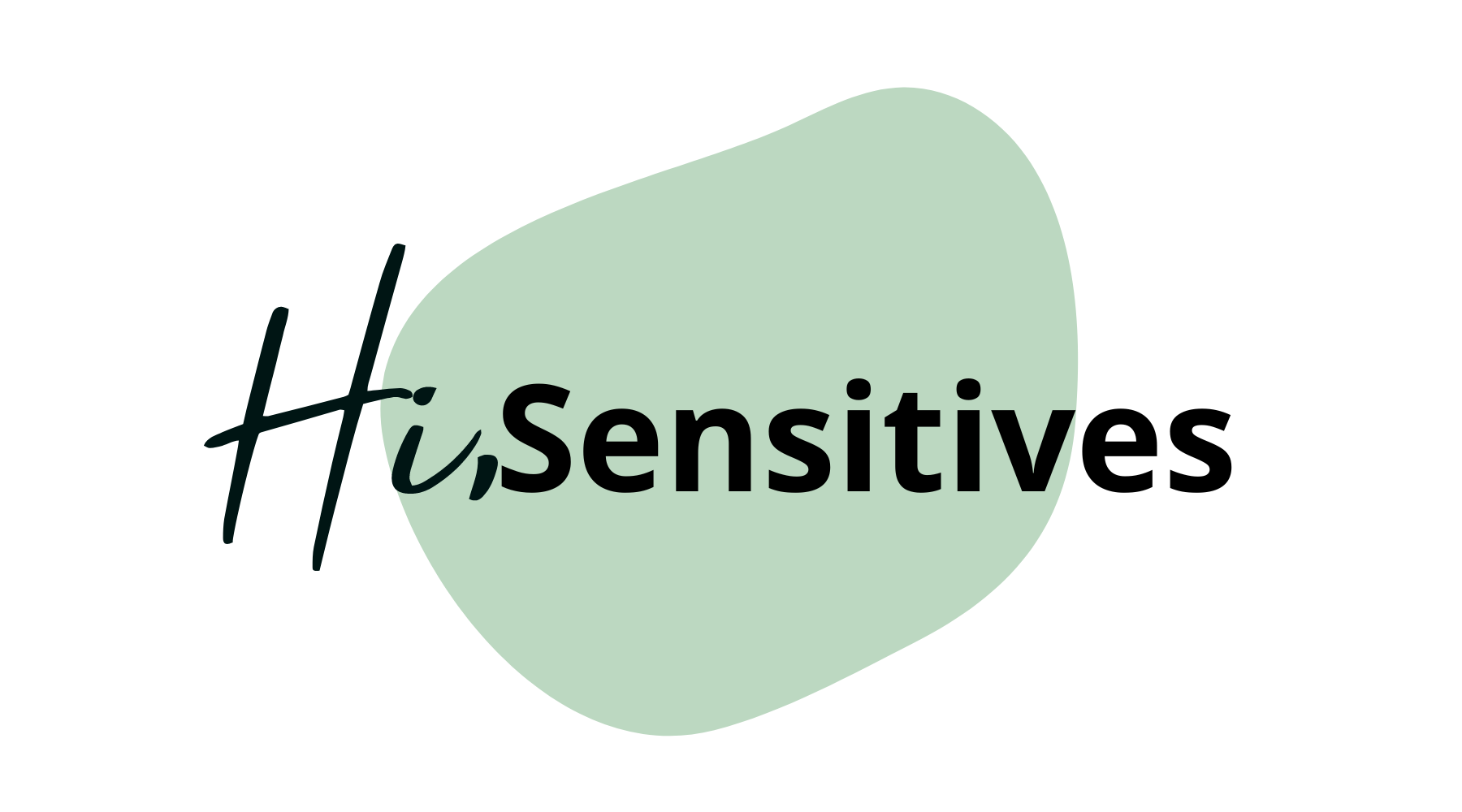In this article, Anne-Kathrin talks about her experiences regarding healing from maladaptive perfectionism. After deep conditioning to believe that perfectionism is the only way, she overcame the constant need to fit that standard. In this article, she shares how she managed to do so.
Estimated reading time: 10 minutes
Our society strives for perfectionism. Social media, movies and magazines continuously confront us with picture perfect. Models who look nothing like themselves after a Photoshop session. People with perfect daily routines acting like they never have a bad day. Entrepreneurs acting like they always had thousands of dollars in the bank and didn’t face any struggles during their entrepreneurship journey.
This creates the illusion that life always is perfect. Sadly, this illusion embedded itself deeply in our society and people in all types of functions carry this standard onward to future generations.
Consequently, many people struggle with maladaptive perfectionism. Maladaptive perfectionism occurs when healthy perfectionism turns into obsessive, overly self-critical behavior regarding one’s own performance.
In this article, I am going to share my own story about developing maladaptive perfectionism. Also, I will share concrete tips about healing from maladaptive perfectionism.
Here’s What You Will Discover:
How I Developed Maladaptive Perfectionism

I was not born a perfectionist. As an extroverted, highly sensitive child with loving parents, the first six years of my life were great. I have many wonderful memories from playing outside in our garden, spending time with my family and just being a child.
However, that changed when I started going to school. Here, I suddenly faced an authoritative figure who seemed to only acknowledge perfectionism. For four years, I was confronted with the message that you only are good enough if you get straight A’s.
Children who did not write within the lines were screamed at. We were put in circles of shame when one of us did something that this person did not approve. When we did not get a straight A, this person would ask why in front of the entire class, shaming us for our ‘bad’ achievements.
It would go as far as shaming us for our lunch choices. This resulted in me not eating my lunch, whenever I believed that it would not fit the picture perfect of that authoritative figure. Every day I would cry before going to school, because I was under so much pressure. This is where my perfectionism (and low self-esteem) was born.

The Consequences Of Maladaptive Perfectionism In My Life
Years of emotional abuse from this authority in my life left an imprint on my highly sensitive nervous system. Even after leaving this situation and being in a new environment, I felt the constant urge to be perfect.
Whenever I did anything school-related, I would feel stressed, start overthinking and worry about the results of my work. As I grew older and started working, I’d struggle with low self-esteem and not seeing my talents. After all, there always was room for improvement and more perfectionism. At least, I was convinced there was.
In friendships, I would dread conflicts and avoid confrontation as much as possible. Consequently, I became a real people-pleaser. Additionally, this fear of not being perfect and good enough translated itself into my first relationships with men.
I would do whatever they asked of me in fear of not being good enough for them. Moreover, I’d struggle with setting boundaries, as I was afraid that this did not fit the picture of the perfect girlfriend.
As you can see, the pattern that I learned in school repeated itself in different forms later on in my life. I would let people trespass my boundaries out of fear of not being good enough. For 22 years, I did not see that. However, everything changed when I met my fiancé.
Healing From Maladaptive Perfectionism
When I met my fiancé, I was confronted with the fact that my past consisted of this pattern of pleasing others out of fear of not being perfect.
He is such a stable, kind and loving person who loves me just the way I am, with all my ‘flaws’ and ‘imperfections’. I was not used to that. For the first time, I learned to love and accept myself just the way I am. Consequently, after dating him for a few months, I realized what I actually put up with in my past.
That was when I hit rock bottom. All the suppressed emotions and pain from past negative experiences arose. All at once, they hit me like a tsunami. The anger, sadness, frustration, hate and helpnessness from the past 22 years overwhelmed me to a state where I could not deal with it on my own.
I knew that in order to heal from maladaptive perfectionism and the emotional abuse, I had to get help. Consequently, I started my healing journey by seeing a therapist.
During therapy I talked about everything that I have experienced in my life and I was diagnosed with c-PTSD. Additionally, my therapist mentioned that I should look into the term HSP and empath.
After discovering and identifying with these traits, everything fell into place for me. Finally, I could start healing from maladaptive perfectionism, as I understood myself on a deeper level.
4 Things I Learned While Healing From Maladaptive Perfectionism
In the past 7 years, I focussed on working through the different layers of traumas I have experienced. In this journey, I came across countless personal growth tips that did wonders for me on many different levels. Here are 4 things I learned while healing from perfectionism:
#1 There Is No Perfectionism Scale
The first insight that helped me greatly, was to realize that there is nobody who determines when something truly is perfect. There is no such thing as a perfection scale once you grow up. Oftentimes, perfectionists are convinced that their work always could be better or that it isn’t good enough.
However, there is no limit to perfection. In fact, perfection is very individual and everybody looks at it differently. What could be a bad piece of work for you, could be wonderful for somebody else! There is no standard.
This realization helped me to be somewhat easier on myself. I am not back in elementary school where I have to get straight A’s in order to be good enough. As long as I give it my best shot and full attention and expertise, it is good enough.
#2 Ditch Comparing Yourself To Others
Another important aha-moment in my healing journey from perfectionism, was to ditch comparing myself to others. Social media makes it very easy for us to fall into the comparison trap.
However, it is important to realize that there only is one person you can compare yourself to, and that is yourself. Nobody else out there has faced the exact same life circumstances you have. Consequently, it would be incredibly unfair to compare yourself to them, as your experience was very different from theirs.
What helped me in healing from perfectionism, was to look at my own growth. As a writer, I have written countless articles throughout the years. Whenever I doubt myself, I look at articles I wrote two years ago and compare it to what I do now. And you know what? I always see growth.
This knowledge provides me with great inner peace, knowing that I grow continuously without even consciously being aware of it.
#3 Increase Your Self-Esteem
Perfectionism often goes paired with low self-esteem. Hence, I learned to increase my self-esteem to tackle my maladaptive perfectionism. There are many different ways to increase your self-esteem, but I found the practices below to be very powerful.
I highly recommend you to implement practices in your life that help you to learn appreciate yourself more. For instance, I found journaling to be incredibly helpful. At the end of the day, I reflect on everything I did and achieved. I ask myself questions such as:
- What did go well today?
- Which talents within myself did I utilize well today?
- How can I learn from things that did not go so well today?
Also, I express gratitude for what I experience in my life. Whether it is a small achievement like landing a new client or a bigger achievement like hitting my revenue goals; I try to celebrate everything.
By appreciating what I do in the here and now, I feel more at peace and comfortable with what I do in daily life.
If you are looking for a great journal to start your journaling practice, you may enjoy the journal ‘Self-Care: A Day and Night Reflection Journal’. It helps you to develop a journaling practice.
#4 Replace Limiting Beliefs
Another practice I found to be powerful in reducing and healing from maladaptive perfectionism, was to replace limiting beliefs.
Limiting beliefs such as ‘I am not good enough’ or ‘I don’t deserve as much as others’ were deeply rooted in my system due to the trauma I experienced in the past.
In therapy, I discovered the cause of these beliefs. However, even when you know that these limiting beliefs stem from specific experiences, it can be hard to get rid of them immediately. After all, our brains are so used to these neurological pathways, that it may feel challenging to create new, more positive pathways.
You could almost see it like walking in nature on a path that is very defined and suddenly having to walk through tall grass, where nobody walked before.
The first few times, it is challenging to walk through that tall grass. However, the more you do it, the more defined that new path becomes. On the other hand, the other old path, which you use less and less, fades away as the grass grows over it. That is what happens in your brain when you actively work on replacing limiting beliefs.
How I Replace My Limiting Beliefs
There are different ways to replace your limiting beliefs. For instance, I am a big fan of positive affirmations. Every day, I repeat positive affirmation statements to myself before starting my day or beginning a challenging task.
Whenever I notice that my old, limiting beliefs are taking over, I do the following:
- I take a few deep breaths
- Then, I acknowledge that this is happening.
- I forgive myself lovingly for this old thought.
- Then, I replace it with a new, more positive affirmation statement.
- Finally, I try to believe and feel the positive affirmation statement in my body.
By consciously being aware of the fact that you just ‘walked’ an old path within your brain and choosing to walk the new path instead, you teach your brain to stop walking this path.
This does not happen overnight. Remember that it works like the metaphor that I used; you have to walk a new path many times to define a clear pathway. Also, try to use the old pathways less and less in order for them to vanish.
Therefore, be patient with yourself when using affirmations and give it a try on a daily basis. Believe what you say with your whole body. By connecting your thought with your emotions, the pathway will be created easier than if you just repeat it without feeling it in your body.
If you’d like to read more about tackling limiting beliefs, you may enjoy the book ‘Personality Isn’t Permanent: Break Free from Self-Limiting Beliefs and Rewrite Your Story’.
Be Patient With Yourself
I am grateful for being able to share my personal story regarding healing from maladaptive perfectionism with you. I know that this is something many highly sensitive people struggle with.
Therefore, I hope that my tips help you to feel more happiness, inner peace and joy in your life. It is possible to heal your perfectionism. Be patient with yourself in your healing journey and give yourself the time you need to heal. By implementing some of the tips that I provided, I know that you will manage to overcome perfectionism as well. Good luck on your healing journey!
If you’d like to read more about tackling perfectionism, have a look at the book Perfectionism: A Practical Guide to Managing “Never Good Enough”
Share Your Personal Growth Story
Every Monday, we share personal growth stories from highly sensitive people and empaths on our platform. If you’d like to share your own story and wisdom with our readers, read more about submitting your story here.






